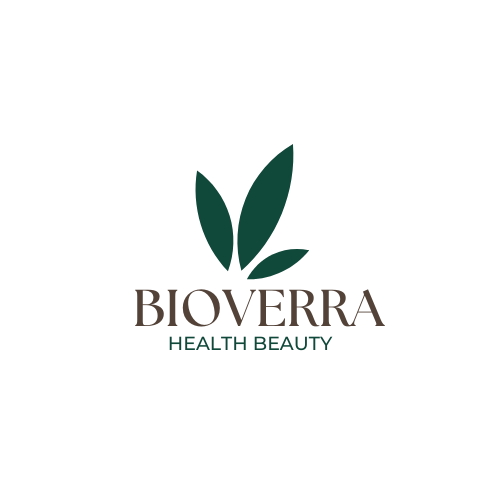
It’s important to distinguish between a normal healing process and a true infection. Some redness, swelling, and tenderness are normal for the first few days. You may also see some whitish or clear fluid (lymph) forming crusts.
Signs of Infected Nose Piercing:
-
Increased, Throbbing Pain: The pain gets worse instead of better.
-
Excessive Swelling: Swelling that persists or increases after the first few days.
-
Unusual Discharge: Thick, pus that is yellow, green, or gray, rather than clear or white.
-
Redness and Heat: The area around the piercing is significantly red, warm, and tender to the touch.
-
Fever: A general feeling of being unwell, accompanied by a fever.
What to Do If You Think It’s Infected
Step 1: Don’t Remove the Jewelry
This is the most critical rule. If you take the jewelry out, the skin can heal over and trap the infection inside, forming a painful abscess. Keep the jewelry in to allow the infection to drain.
Step 2: Clean It Gently and Properly
Clean the piercing no more than twice a day. Over-cleaning can irritate it further.
-
Wash Your Hands: Always start with thoroughly washed hands.
-
Prepare a Saline Solution: Use a sterile saline solution (often sold as “wound wash”) that contains only 0.9% sodium chloride and water. Do not use homemade salt mixtures, as getting the ratio wrong can irritate the piercing.
-
Soak and Clean:
-
For a Nostril Piercing: Soak a clean cotton ball or gauze pad in the saline solution and hold it against the piercing as a compress for 3-5 minutes. This will help soften and dissolve any crusties.
-
For a Septum Piercing: You can fill a small, clean cup with the saline solution and submerge your nose in it for 30 seconds to a minute.
-
-
Gently Pat Dry: Use a clean, disposable paper towel to gently pat the area dry. Avoid cloth towels, which can harbor bacteria and snag on the jewelry.
Step 3: What to Avoid
-
NO Alcohol, Hydrogen Peroxide, or Antibiotic Ointments: These are too harsh, will kill healthy new cells, and can trap bacteria.
-
NO Twisting or Playing with the Jewelry: This introduces bacteria from your hands and causes trauma to the healing fistula (the hole).
-
Avoid Makeup, Creams, and Perfumes: Keep these products away from the piercing site.
-
Avoid Swimming: Stay out of pools, hot tubs, lakes, and the ocean until the infection is fully healed.
Infected Nose Piercing ? When to See a Doctor
Seek medical attention immediately if you experience:
-
The infection seems to be spreading (red streaks coming from the piercing).
-
You have a fever.
-
The jewelry becomes embedded in your skin due to swelling.
-
The pain and swelling are severe and not improving with proper aftercare.
-
You have a weakened immune system.
A doctor can properly diagnose the infection and may prescribe a course of oral antibiotics.
How to Prevent Future Infections
-
Choose a Reputable Piercer: Ensure they use a single-use, sterilized needle and high-quality, implant-grade jewelry (like titanium or surgical steel).
-
Stick to the Aftercare Plan: Follow your piercer’s instructions meticulously for the entire healing period (which can be 2-6 months).
-
Keep it Dry and Clean: Avoid touching it with dirty hands.
-
Change Your Pillowcase: Use a clean pillowcase while it’s healing.
-
Be Mindful During Activities: Be careful when putting on clothes, washing your face, or drying with a towel.
In summary, for a suspected infection: leave the jewelry in, clean 2x daily with sterile saline only, and see a doctor if symptoms are severe or worsening.




